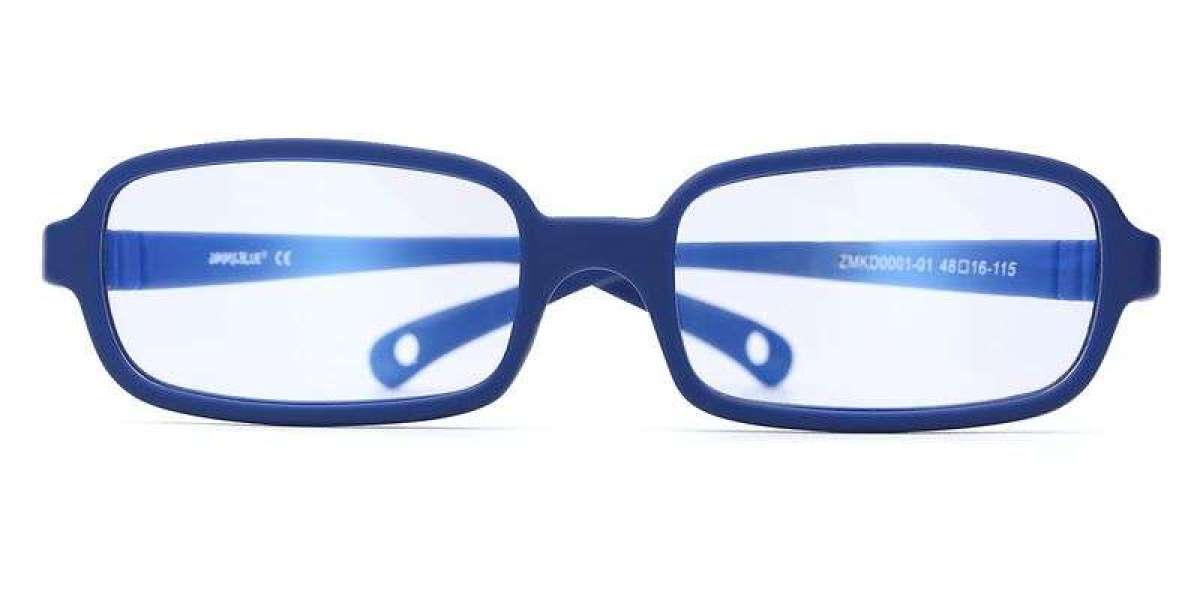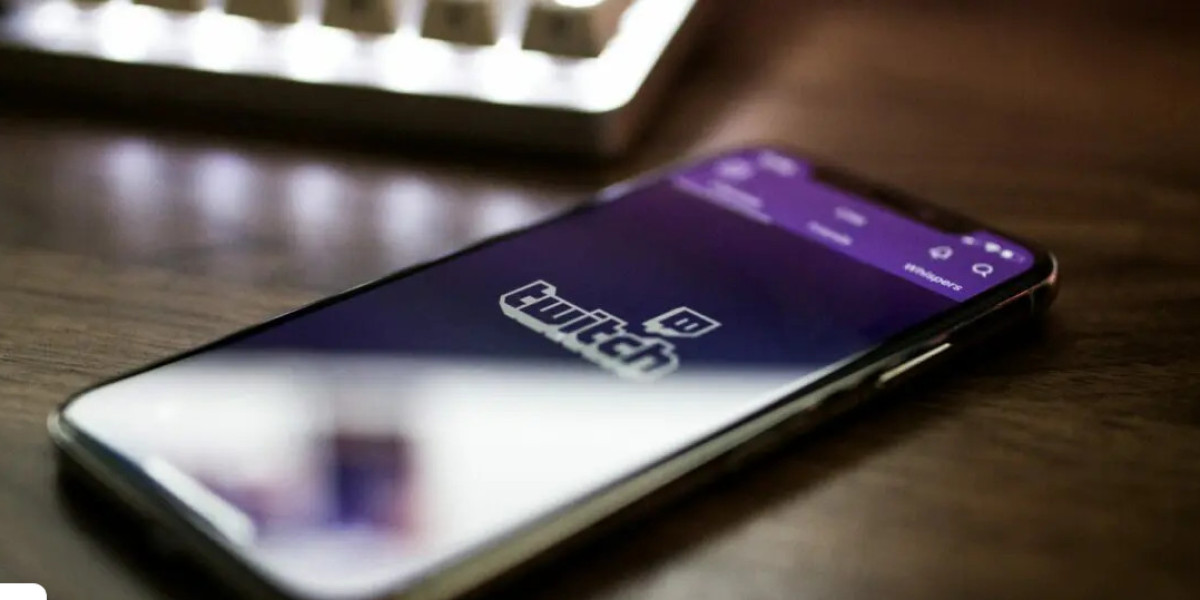Children need to pay more attention to glasses for myopia than adults. As they are in the stage of visual development, they should be cautious when choosing children's glasses for their children.
Children are more active, so the selection of lens frames should consider safety and comfort issues and, secondly ensure good visual quality.
The preferred material for the children's glasses frames is resin/silicone/memory plastic. It is best to choose a lightweight resin material that will not affect the development of the child's nose bridge bone. Metal materials are prone to deformation and are not recommended.
The frame should leave enough field of vision, and the size of the frame should be suitable for the distance between the pupils. Due to the wide range of children's activities, it is advisable not to choose frames that may create shadows and blind spots.
If the frame is too small, the field of view will become smaller; if the frame is too large, it makes it easy to wear unstable and increases the weight. So, children's eyeglass frames should be of moderate size. Choose a frame with soft edges and protection for the nose, or choose a full-frame.
The eyeglass legs should not generate uncomfortable pressure, and the childrens glasses should be kept in the correct position. The spring hinge is very sturdy and ensures a long service life for the eyeglass frame.
Bending glasses will not cause damage to children's glasses and should extend to the earlobe and be covered with a layer of soft plastic. There is a significant difference between children's heads and adults', especially in the height of the nose bridge. Most children have a lower nose bridge, so it is recommended to choose adjustable nose pads for children's glasses. If children are younger, they can also choose to wear glasses cords.



